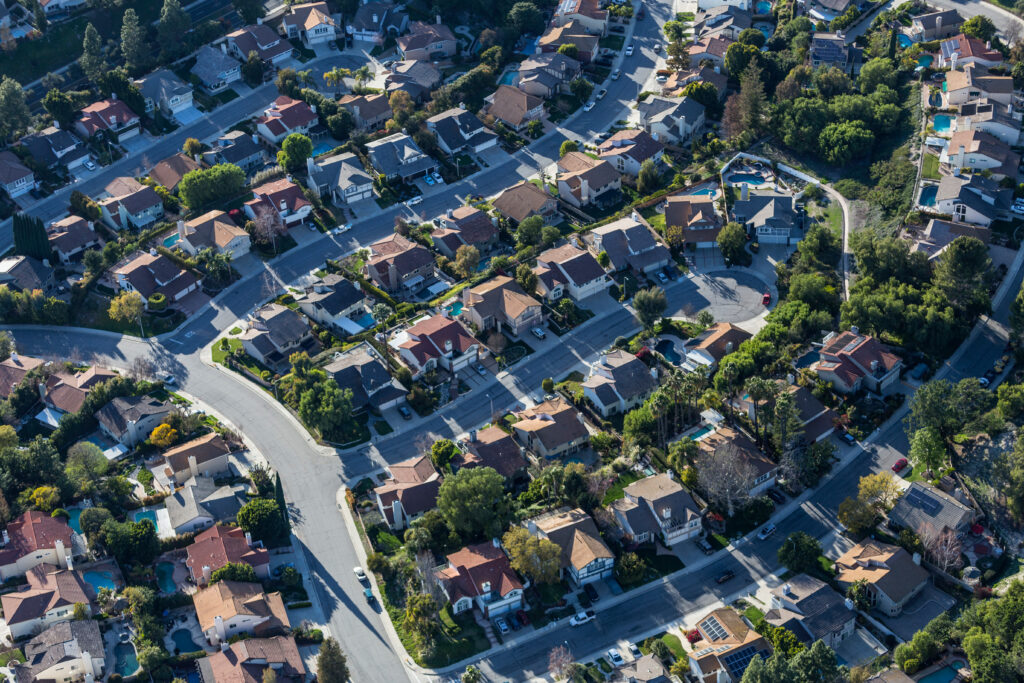
The California legislature is trying to help people quickly rebuild their homes after the devastating fires earlier this year. An option that was presented in Assembly Bill (AB) 306 to reduce these barriers was to pause the residential code cycle to deliver housing more quickly, thus replacing the thousands of homes lost in recent fires.
Proponents argued that state and local regulations can increase the cost of building affordable housing. Others were concerned that freezing building code updates would compromise occupant health and safety. The final version of the bill, which seeks to balance these concerns, was adopted and signed into law on June 30 as part of AB 130 which includes a broader housing package.
While legal teams continue to review the specific language of the law, here are a few key points of AB 130 as related to building codes:
- Full Speed Ahead for 2025 Code
The 2025 Building Code Cycle will go into effect as planned for both Residential and Nonresidential Standards effective January 1, 2026.
No Residential Updates Until 2031 Code
There will be no Residential 2028 Code Cycle or any intervening code updates until the 2031 Code Cycle, at which point a new code may be considered. If adopted, the 2031 residential code would take effect January 1, 2032. Nonresidential code is not impacted by this legislation and will proceed with the usual three-year cycle.
| Residential Standards | 2025 Code Effective 1/1/2026 (No 2028 Residential Code) | 2031 Code Effective 1/1/2032 |
|
|---|---|---|---|
| Nonresidential Standards | 2025 Code Effective 1/1/2026 | 2028 Code Effective 1/1/2029 | 2031 Code Effective 1/1/2032 |
- Health and Safety Exceptions
There are several exceptions, including administrative amendments for clarity, amendments supported by the State Fire Marshal, alignment with national model code changes, and other emergency standards that impact health and safety.
- Local Amendments Limitations
For the next six years, local jurisdictions may not establish new reach codes, with the exceptions noted above, or if continuing a substantially equivalent existing local amendment, or if a local amendment is necessary to align with the jurisdiction’s adopted general plan and greenhouse gas emissions reduction strategy.
Many jurisdictions rely on building code amendments to achieve objectives in their adopted Climate Action Plans, so there’s strong interest in understanding both the limitations and potential opportunities presented in this new legislation.
3C-REN will continue to stay engaged during this code pause and will update our community as details are made available. In the meantime, get ready for the 2025 Code update which is still taking effect in January 2026.
For more information about the 2025 code update and in-person trainings, please check out our events calendar at 3c-ren.org/calenar-of-events-and-trainings
Our on-demand webinars are always available at 3c-ren.org/on-demand-trainings
Don’t wait to reach out to the Code Coach Hotline for more information or to have your Energy Code or CALGreen questions answered! 3c-ren.org/energy-code-coach
